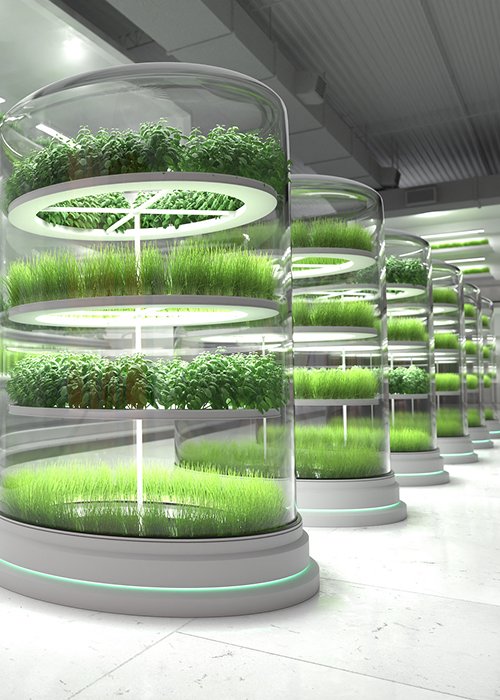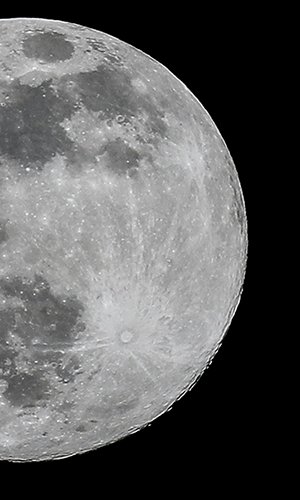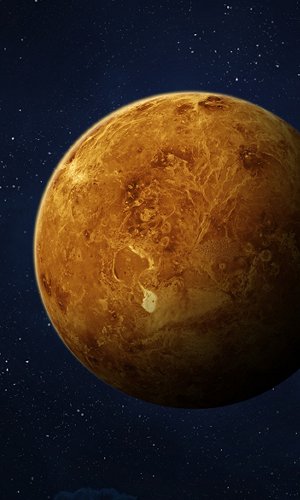San Marziano is the clever nickname (Marziano means Martian in Italian, and San Marzano is a type of tomato) coined by researchers at ENEA (the Italian Agency for New Technologies, Energy and Sustainable Economic Development) for a small tomato designed to grow in space and provide nutritious food for future lunar colonies. The tomato, grown as part of the Hortspace and Bioxtreme projects, is a biofortified vegetable designed to withstand the ionising radiation present in space beyond the Earth's atmosphere, which can potentially damage DNA. The Moon will serve as an essential point in space exploration, acting as a low-gravity launch pad for missions to Mars. As such, it will be crucial to establish stable, self-sustaining settlements capable of housing humans and producing the necessary energy and food resources.
To this end, probes are currently scouring the soil of our natural satellite for water, which will be essential for irrigating lunar gardens - where the San Marziano tomato may one day flourish. To protect itself from radiation, the tomato is engineered to produce extra amounts of anthocyanins, antioxidant compounds found naturally in fruits that give them colours ranging from red to blue. Anthocyanins are found in tomatoes, strawberries, blueberries and blackberries and serve as beneficial micronutrients for human health, including that of future space explorers.





